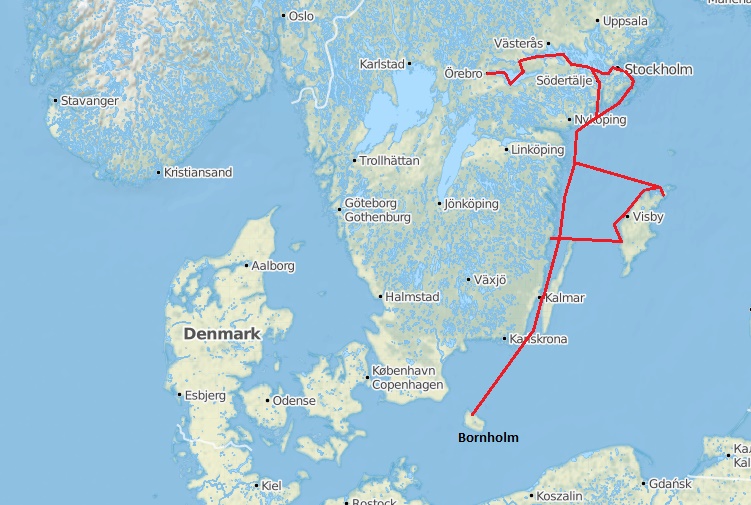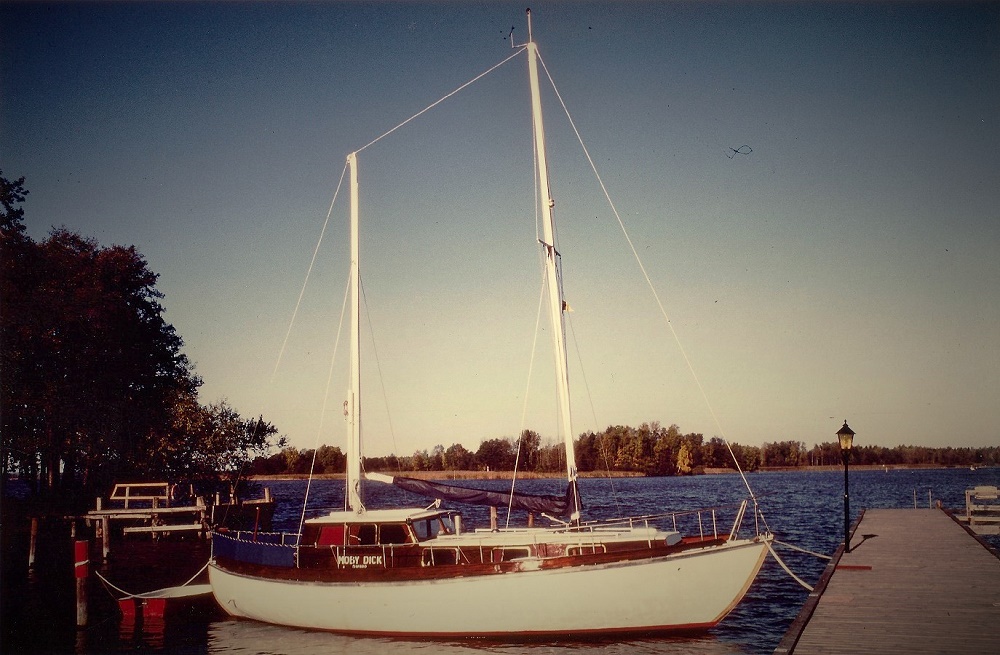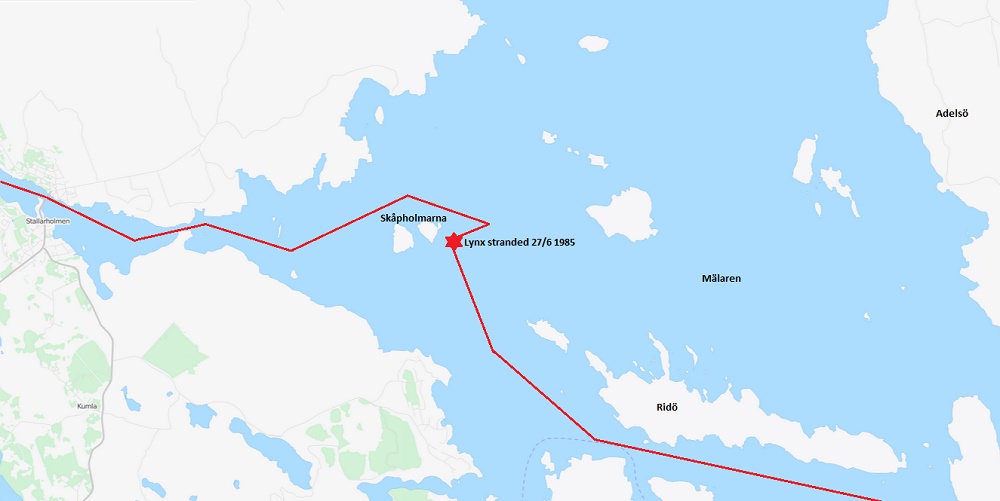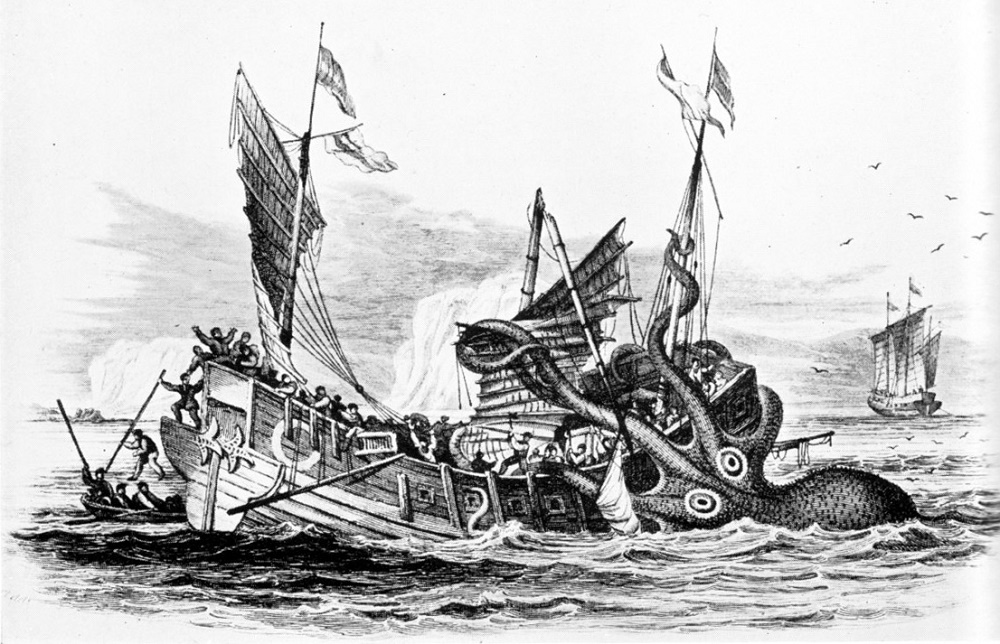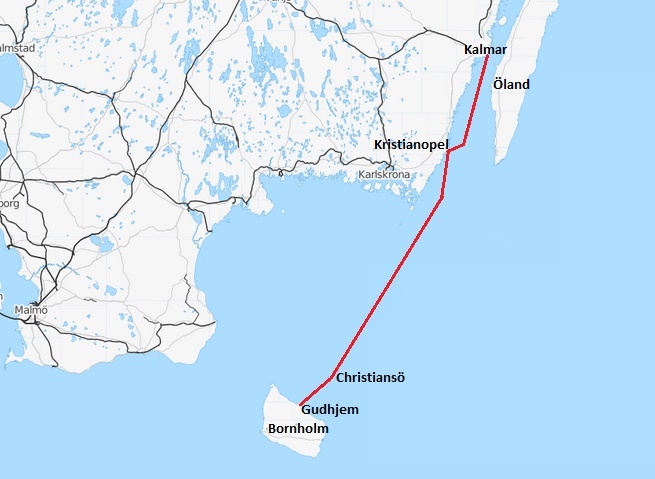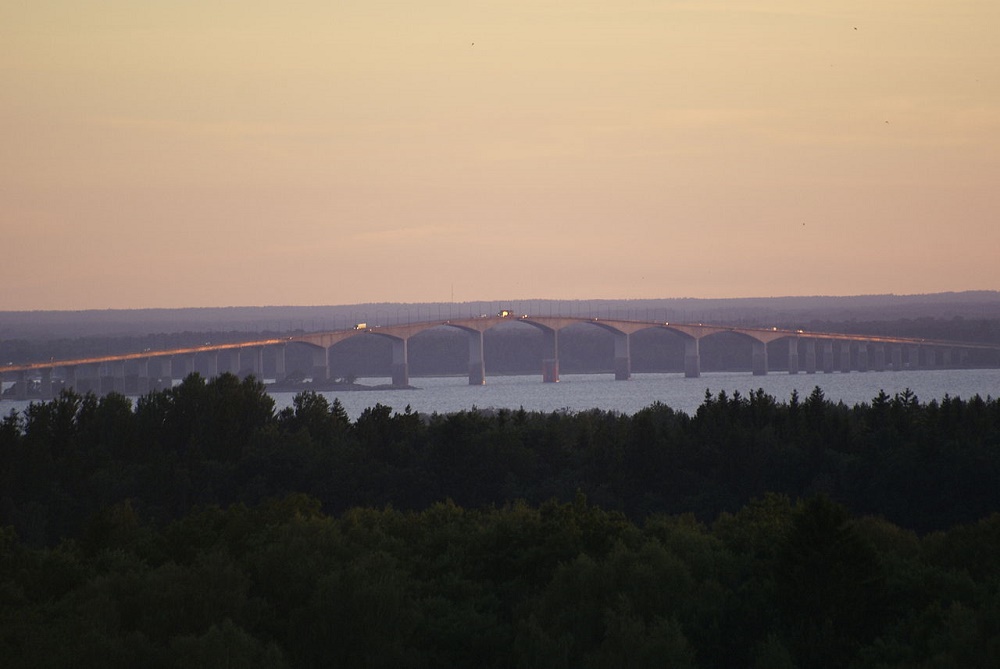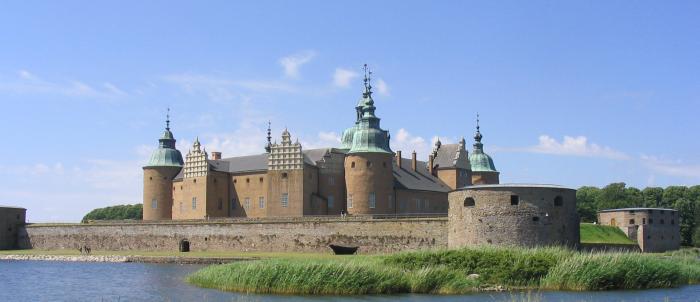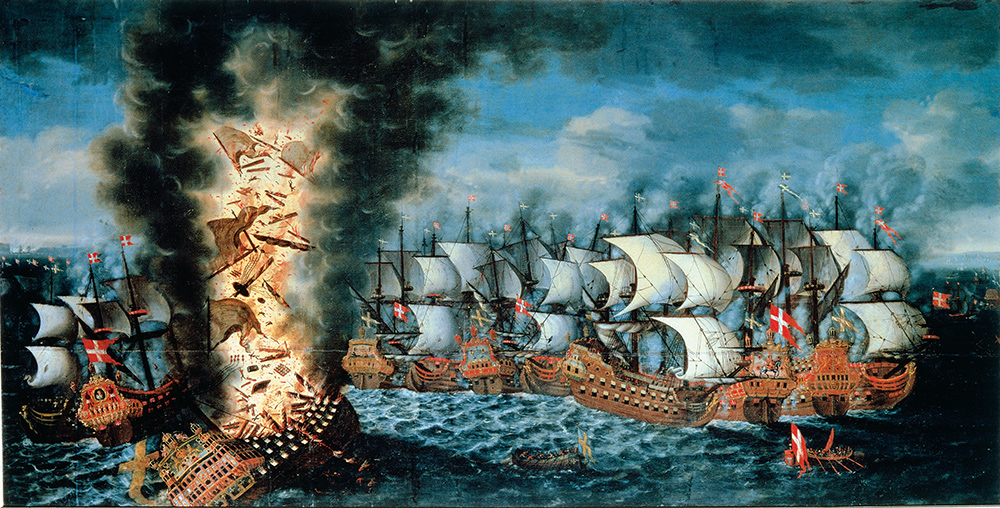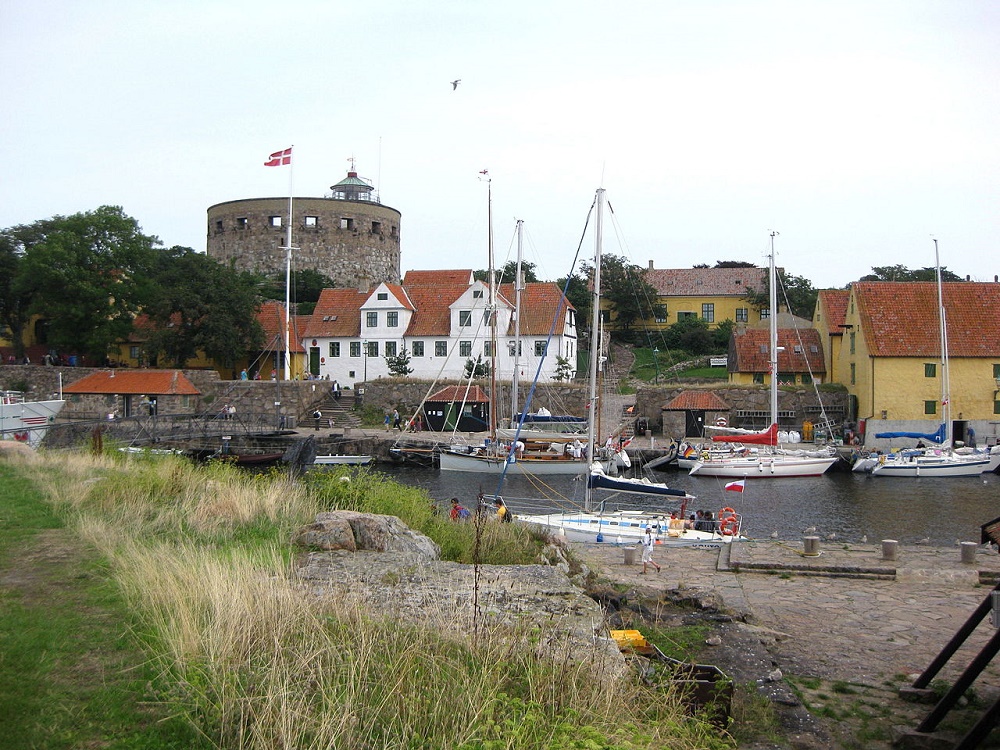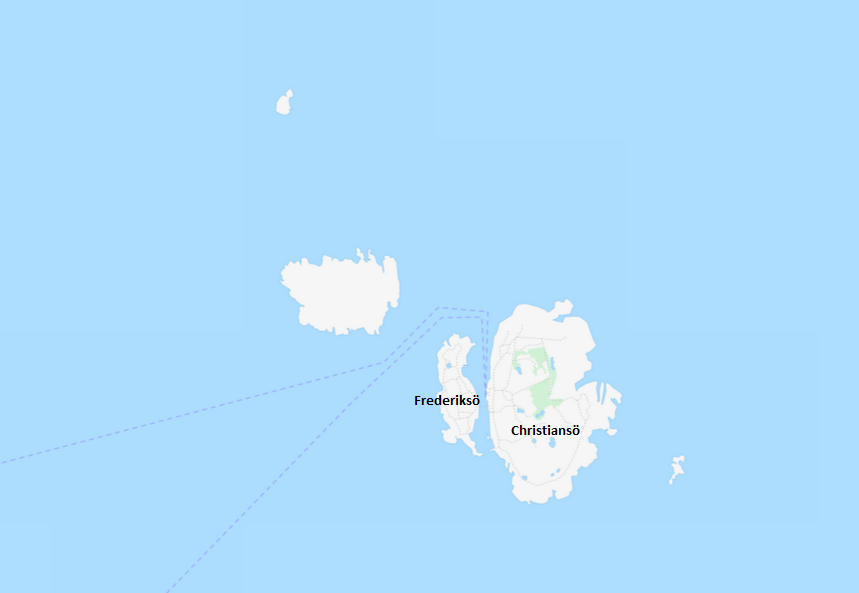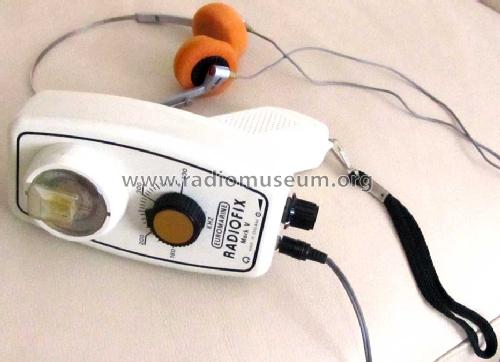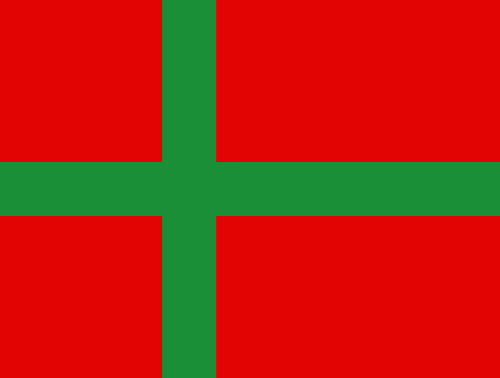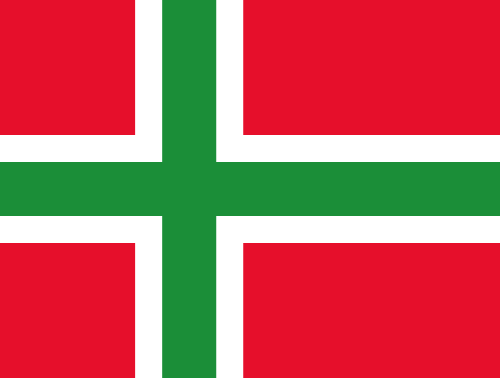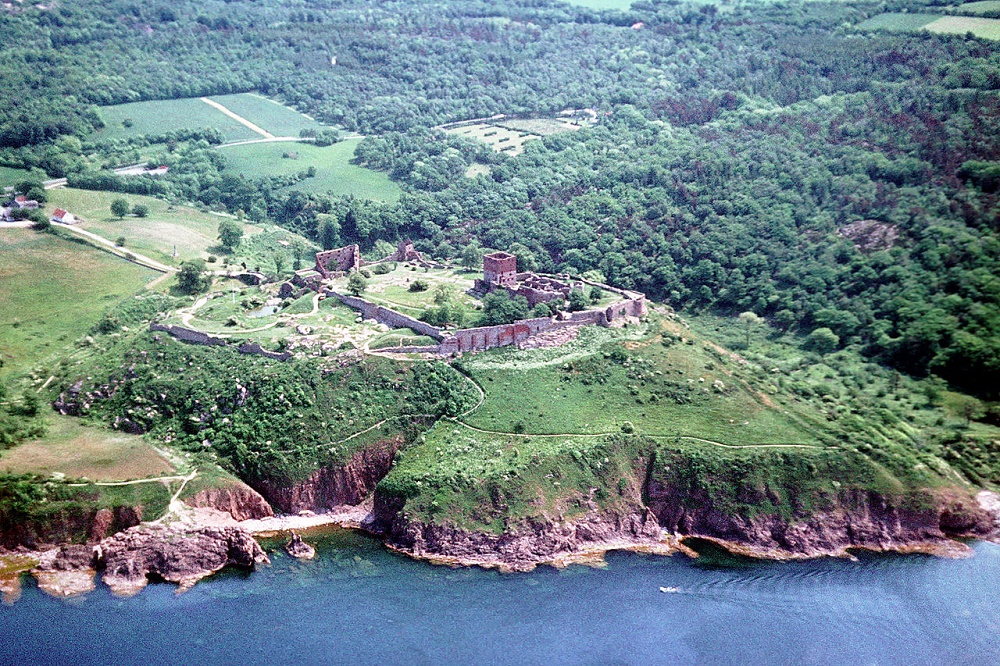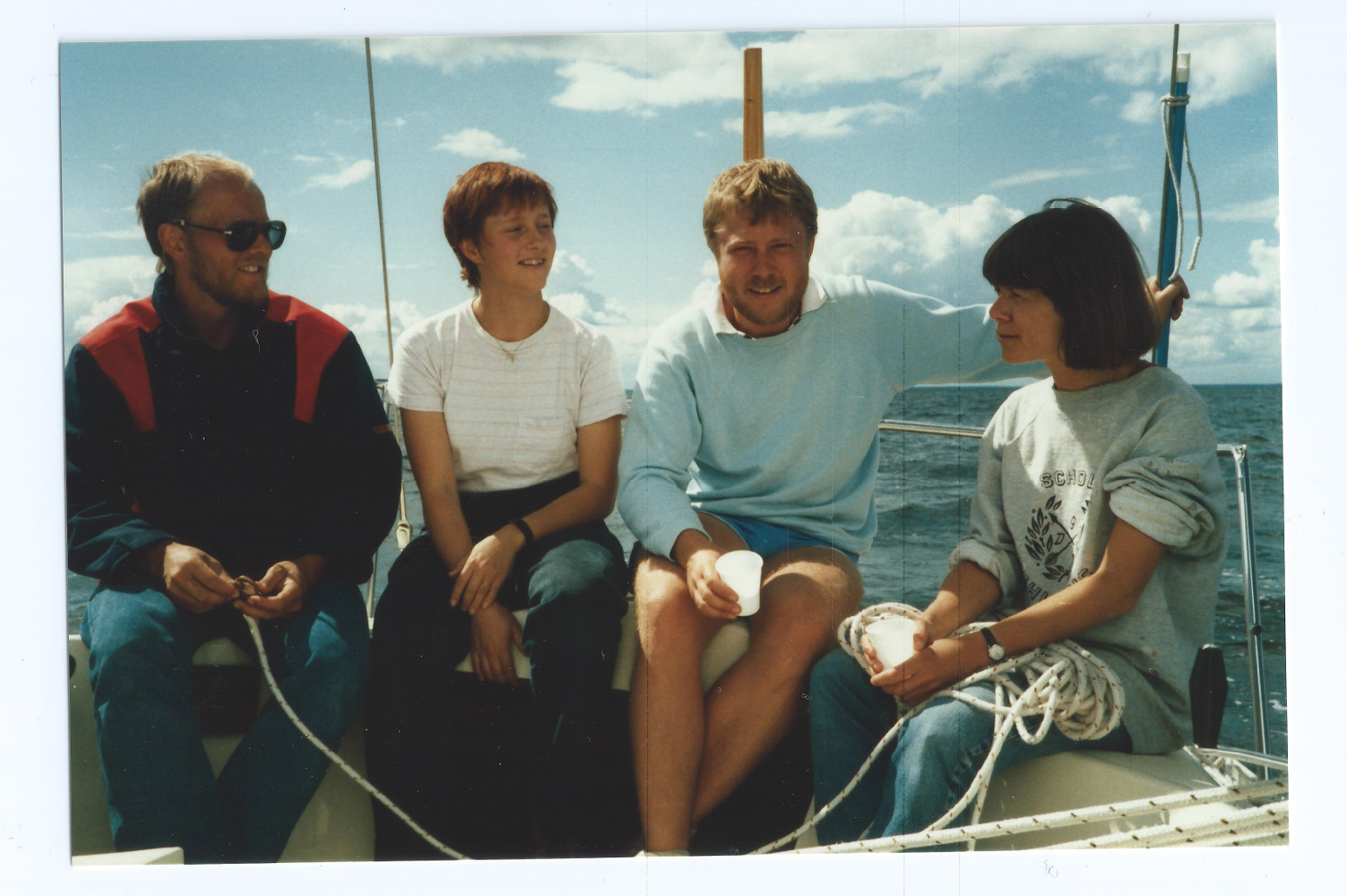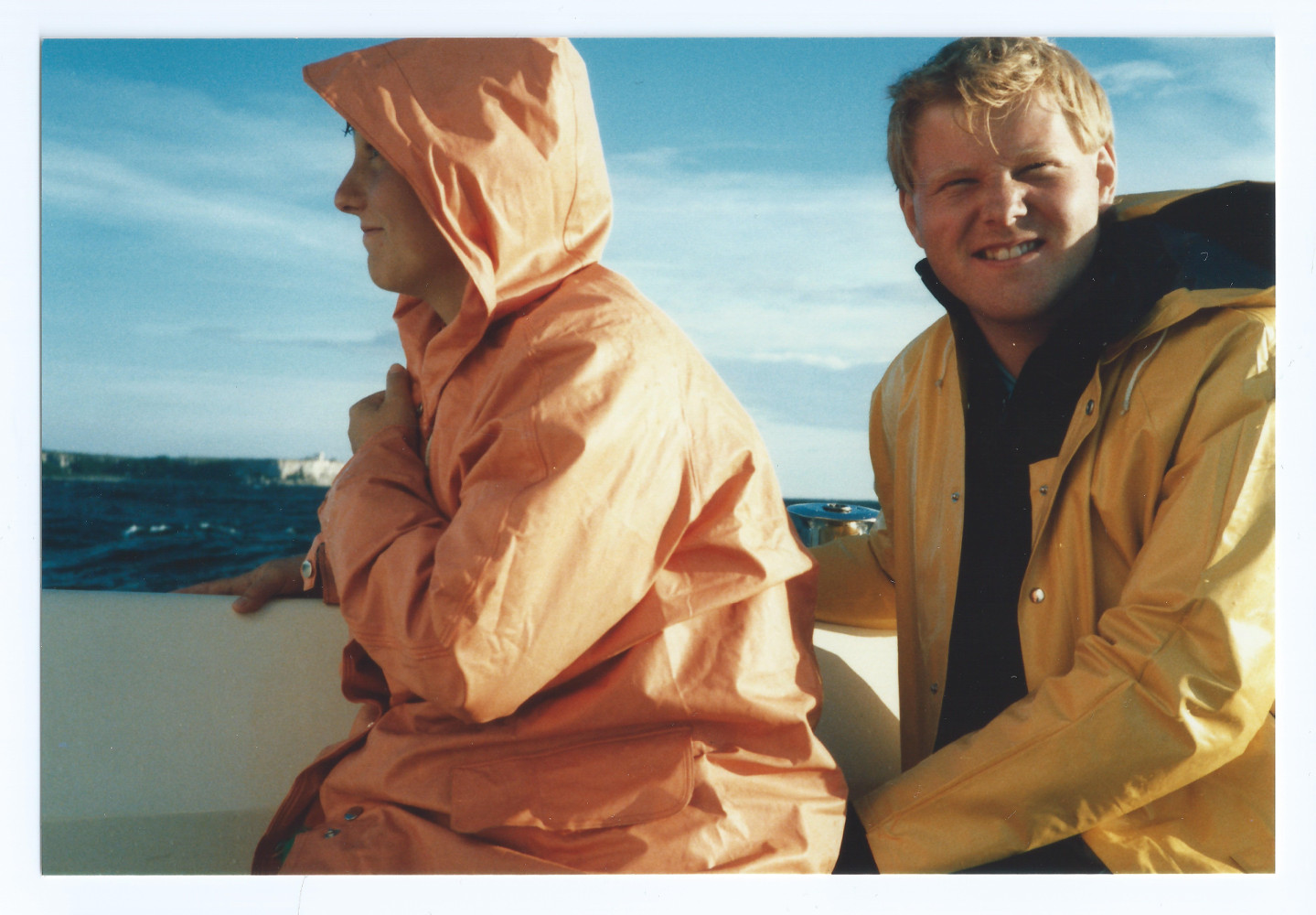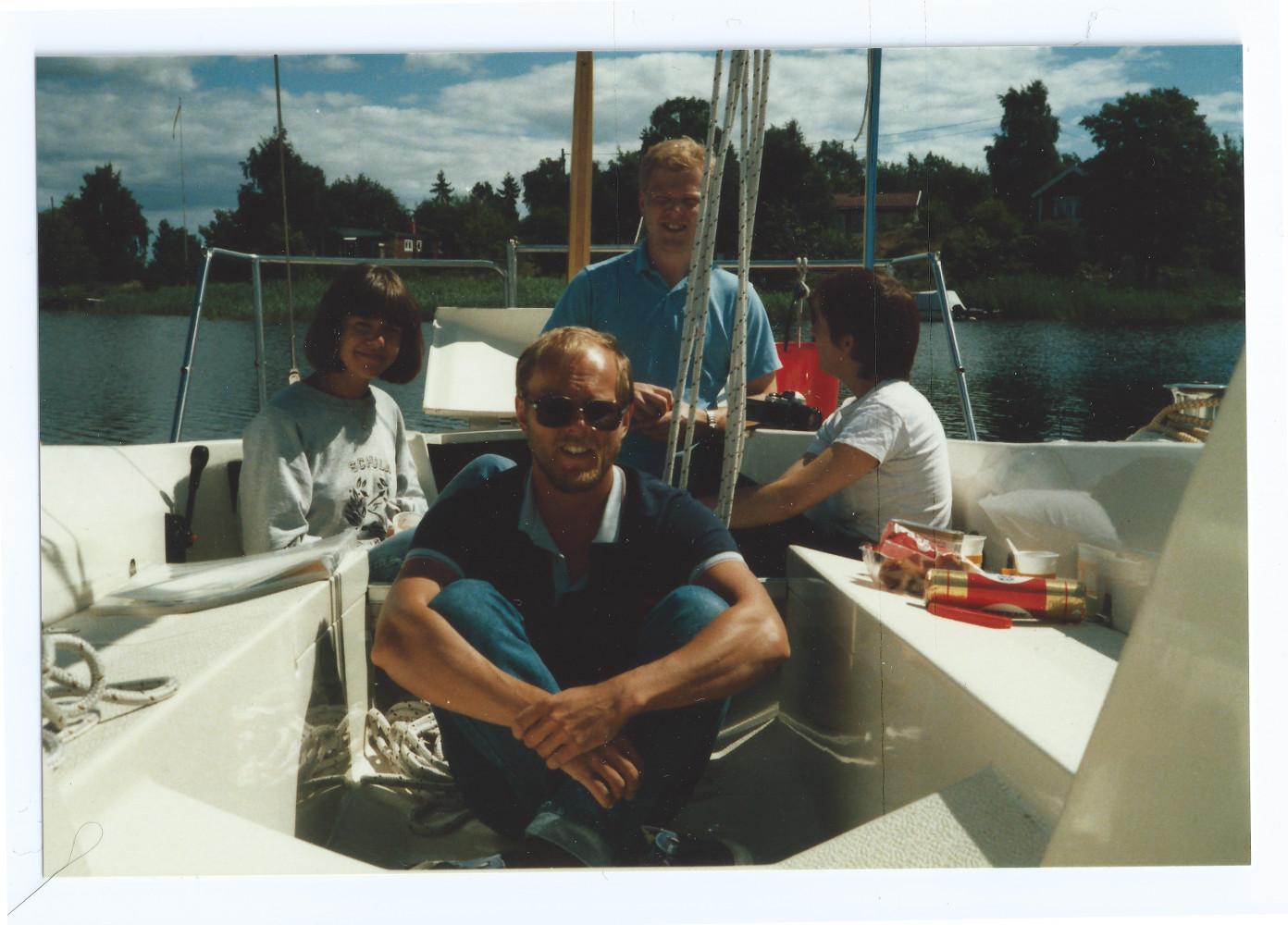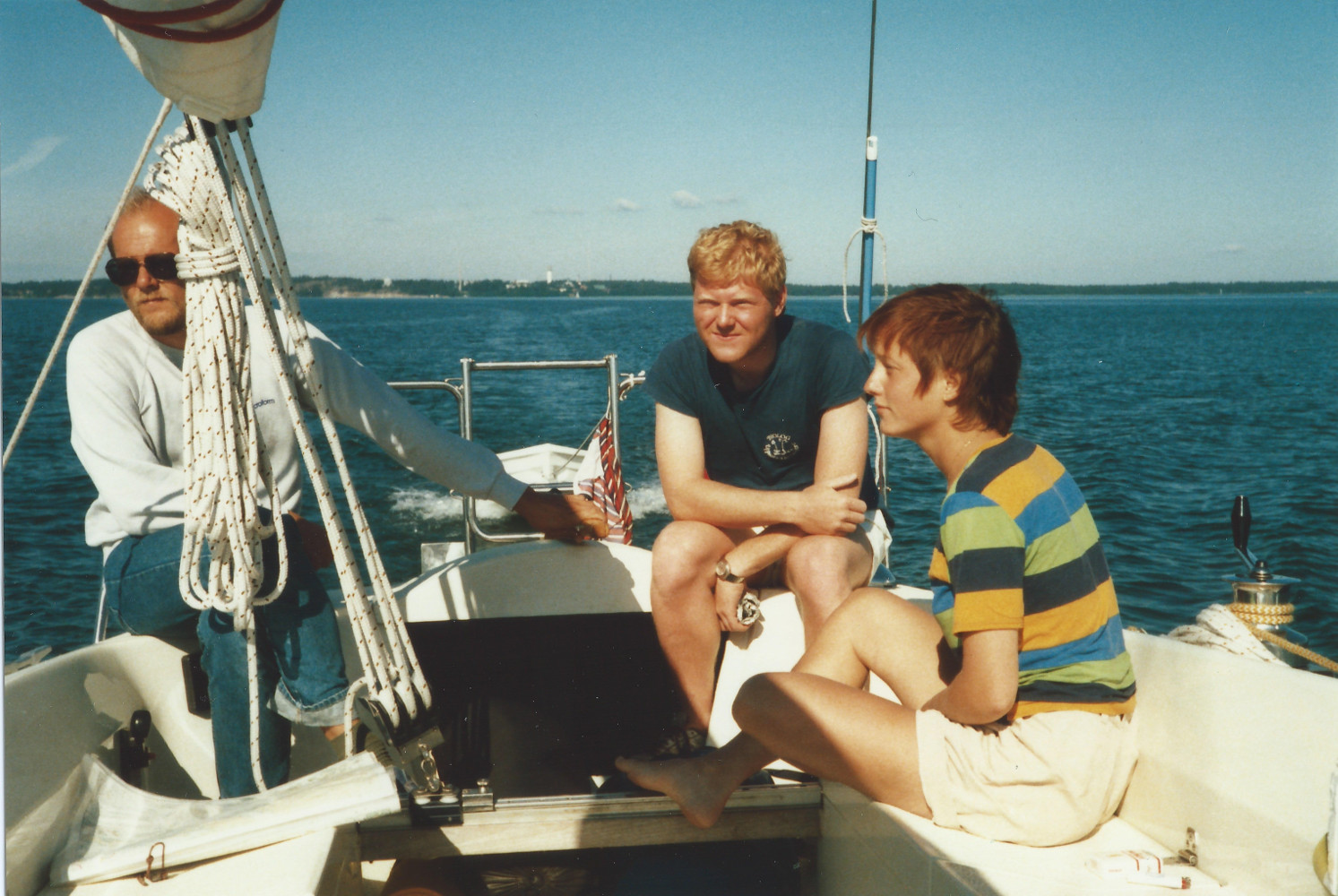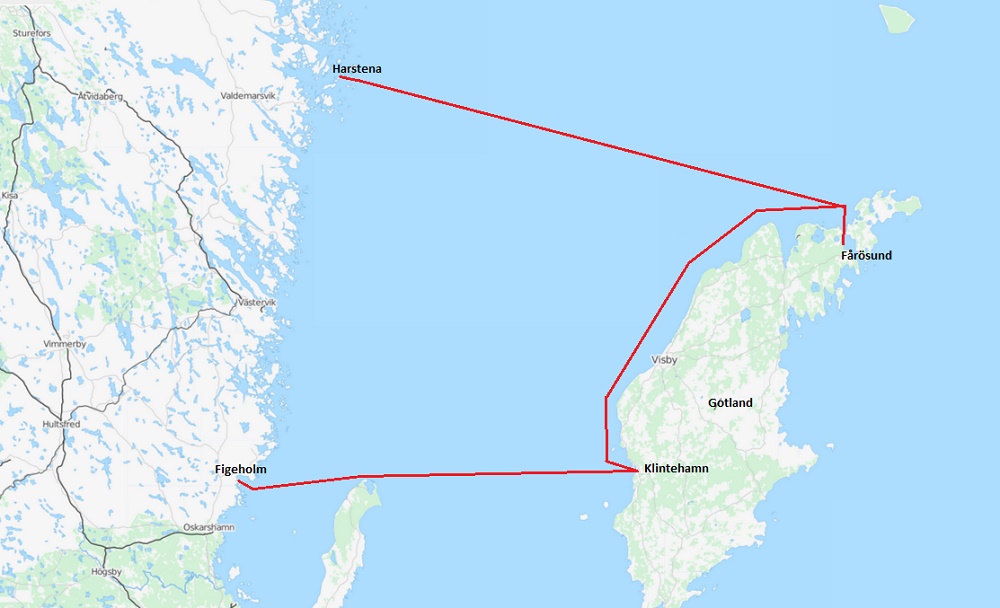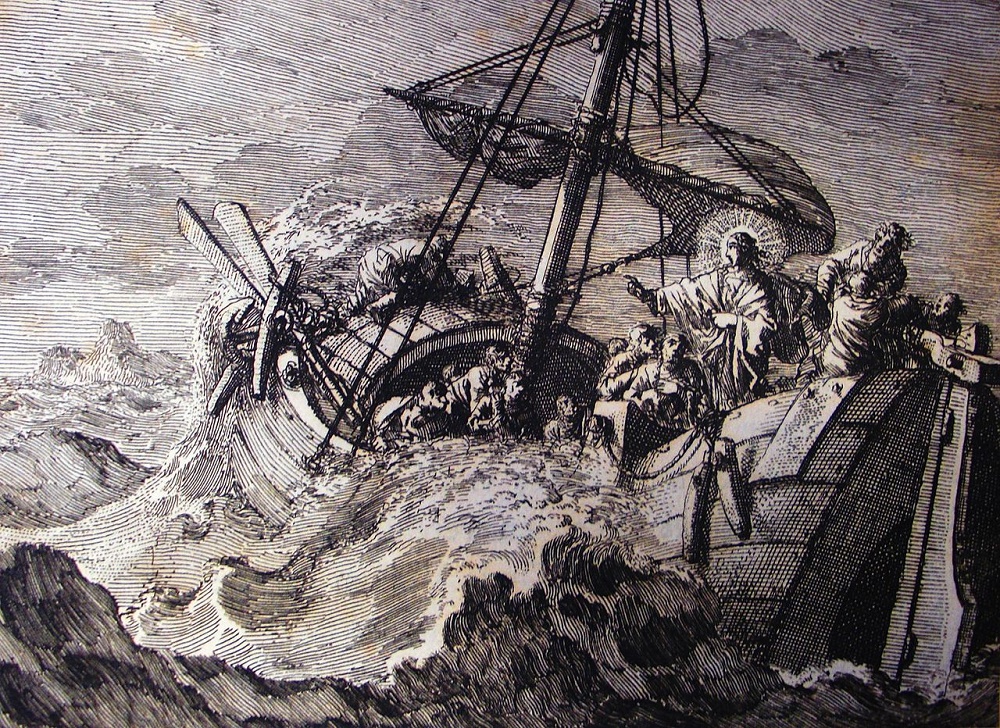
 1985
1985


Bornholm with the new boat
Örebro, Christiansö, Bornholm and Gotland by Johan Kjellander 2014
Lynx is now one year old. I sailed Höga Kusten last year and I have worked all winter with the interior. Now by the end of May, I'm in the water again. A month from now I will leave Hjälmaren to sail to the Danish island Bornholm, then to Gotland and finally back to Örebro. I will sail single handed a lot of the time but also with different crews. In Mälaren we ran aground and on Gotland we had hard weather.
Örebro - Stockholm
The spring season in Hjälmaren is always something extra. After a long winter you meet old friends again and we all make plans for the summer. As usual I don't have any photos from this time but my friend Tommy had two paper copies from June 1985 that I have scanned above. To the left is a Seafinn-35 motor sailor owned by Jimmy and to the right is Tommy´s own motor sailor, Moby Dick. This year we met several times on Hjälmaren in June and had a great time together.
The stranding in Mälaren is a sad story where I did many things wrong, but I might as well try to tell you what happened. Hopefully it can be of warning for others.
I had left Örebro two days earlier with six friends from my old job in Linköping. They were going to help me sail the boat to Stockholm. In Mälaren we passed Strängnäs and Stallarholmen by motor and then set sail. Fresh wind, one reef in the main. Good speed and I left the tiller to one of the crew with instructions on how to steer. I then relaxed a little and forgot to keep track of our position and suddenly we hit ground. This was my first error and if I hadn't continued to behave foolishly we could have got off the ground and continued without damage, but...
The Guyline 125 has a swing keel so if you hit a small rock nothing serious usually happens. The keel folds up, the boat passes and then the keel slowly folds down again. This had happened to me a couple of times earlier so I thought it would work again. Because of error #1 above I misjudged our position and thought that this was just another small rock... Meanwhile the boat had stopped so I let the sails down, started the engine and tried to get the boat over. This was my second error. In front of us was a big shallow reef clearly marked on the chart and I forced poor Lynx forward, higher and higher up. If you hit ground, always try get out backwards, same way you came. In front of you might not be what you think!
Ship wrecked by giant octopus, Denys de Montfort 1810 © Public Domain
So, after two stupid errors we were stuck on a reef and the waves were increasing. Lynx was moving in each wave and you could hear her hull crashing on the rocks. After several hours on the reef a Police boat from Västerås came to our help and pulled us off. To my big release I soon unerstood that the damages would not sink her immediately. She took in water but not much, so we could continue to Stockholm, wounded but not dead.
End of story is that she took in water in two different places and I managed to fix this on a temporary basis while still in the water. During the coming winter she was repaired and my insurance paid all except 8.000 SEK, about a months salary for me at that time.
Stockholm - Christiansö - Bornholm
I left my crew in Stockholm and sailed south along the coast with stops in Landsort, Fyrudden, Västervik and Figeholm where I stopped to visit cousins of mine.
Ölandsbron, Photo by Moralist, © Public Domain
A few days later I continued to Kalmar where I picked up new crew. Kalmar is situated in the narrow strait between the Swedish mainland and the long narrow island Öland. A six kilometer long bridge (Ölandsbron) connects the two.
Left: Kalmar Castle, Photo by Wikman, © CC BY-SA 3.0
Right: The sinking of Kronan 1676, by Claus Möinichen, © Public Domain
Next to the marina in Kalmar is the beautiful 16:th century Castle, still in very good shape and open to the public. In old times it was important to control the protected waterway between Öland and the mainland leading north to Stockholm. In 1676 the Danish navy attacked the Swedish in a big naval battle southeast of Öland. The Swedish ship Kronan was hit and it´s gunpowder supply exploded and sank the ship. The wreck was found 1980 and is still subject to archaeological excavations every summer. The result is displayed in Kalmar museum.
Christiansö, Photo by Hubertus, © CC BY-SA 3.0
We left Kalmar and after a night in Kristianopel we set course for the small Dansih island Christiansö north of Bornholm.
Christiansö island is very small and low. To find it I needed to be more precise in my navigation than I had ever needed before. The distance from Kristianopel to Christiansö is 70 NM but the island is only 500 meters wide. If I missed the island by a few miles I might pass without seeing it. I knew this and for that reason I bought a Radiofix direction finder when I stopped in Kalmar.
A radio based direction finder in those days used signals from radio beacons and a compass to establish bearings to the beacons. If there had been a radio beacon on Christiansö everything had been simple, just go in the direction of the signal, but Christiansö had no radio beacon. Instead I used two beacons on the Swedish coast and got two bearings that I could plot in my chart to get a position. After 55 NM we could still not see the island. According to my radio bearings we should be about 15 NM North East of Christiansö. We continued for half an hour and then when I took my binoculars and searched the horizon south of us I saw a faint shadow that could be land. After another hour we were 100% sure. Since then, I used the Radiofix for many years, and got quite good at it, but as GPS has become more available radio beacons are no longer needed and most of them are shut off. What happened to my old Radiofix I don´t remember, I suppose I have disposed it in the garbage...
Radiofix direction finder © radiomuseum.org
As I was writing this I thought it would be nice to show you a picture of the Radiofix but marine radio beacons are no longer in use and the Radiofix has not been on the market for many years. I finally found a picture published by a museum, see above.
Christiansö is an old naval base built by the Danish during the second half of the 17:th century. The strait between Christiansö and Frederiksö offered natural protection for a harbour and the closeness to the big Swedish naval base in Karlskrona made Christiansö strategically important for the Danes. We visited the old military tower the next day and then continued to Gudhjem on Bornholm.
The Bornholm flag is different from the Danish. Two versions are used.
The distance between Christiansö and Bornholm is only 20 NM but it took us half the day in strong southerly winds and difficult seas. When we finally arrived to Gudhjem we were wet and frozen and my self tacking jib system was broken. The strong wind prevailed with a lot of chaos in the small crowded harbour. This was a good opportunity to see some of the Island.
Hammershus from above, Photo by Jens Bludau, © CC BY-SA 3.0
We took a bus to Hammerudde and visited the big ruin of the 12:th century Hammershus. It has a long and a very interesting history. After two days the weather was better and we could return back north.
Bornholm - Gotland - Örebro
We had very good winds all the way to Kalmar. I then continued single handed to Figeholm where a new crew was waiting. My two brothers, one of their girlfriends and my cousin Anna and we were going to sail to Gotland. Brother Anders took the following four pictures of the crew.
We left Figeholm after lunch in good winds and had dinner in Klintehamn on Gotland 7 hours later. An average speed close to 8 knots, not bad. Next day we followed the coast north up to Fårösund in increasingly bad weather. Lots of wind and rain. When we reached the inlet channel to Fårösund we started the engine but it stopped after a few minutes so we had to continue sailing.
We tacked and tacked in the narrow channel and finaly reached the harbour where we had to sail all the way to the pontoon in strong winds and darkness. Not fun but all went well and now I learned a lot.
After drying up and a late dinner I started to investigate what was wrong with the engine and soon found water in the fuel. The ventilation of the fuel tank was placed inside the forward anchor box. For some reason the draining outlet of the anchor box had been stopped and with the bad weather with waves breaking over the fore deck for may hours the anchor box was filled with water. Some of it found its way into the fuel tank through the ventilation hose. I pumped almost 5 litres of water out of the tank before I got clean diesel to the engine.
The hard weather continued all night and next morning we learned that the weather on the Baltic had been really bad. Boats were damaged and crew missing. This storm was later called Ölandsstormen and according to the website of the Swedish Meteorological and Hydrological Institute 2014 Ölandsstormen is still used as an example of how difficult it can sometimes be to forecast very quick changes in the weather. We were very lucky to escape it. If we had left Figeholm one day later we would have ended up in the centre of the storm north of Öland.
The storm at sea, Etching by Jan Luyken, © CC BY-SA 3.0
It was now late July and my holiday was coming to an end. Fortunately the bad weather ceased the next day and late at night we left for the Swedish mainland. We sailed all night and when the sun came up we were approaching Harstena where we stopped to rest. It felt nice to be in the archipelago again, not so dependant of weather as on Gotland. Two days later half the crew left in Trosa and the day after the rest of the crew left in Södertälje.
I was back in Örebro early in August and then sailed on Hjälmaren during weekends until mid October when I took the rig off and put Lynx on land for the winter. This year I sailed 1800 NM.
